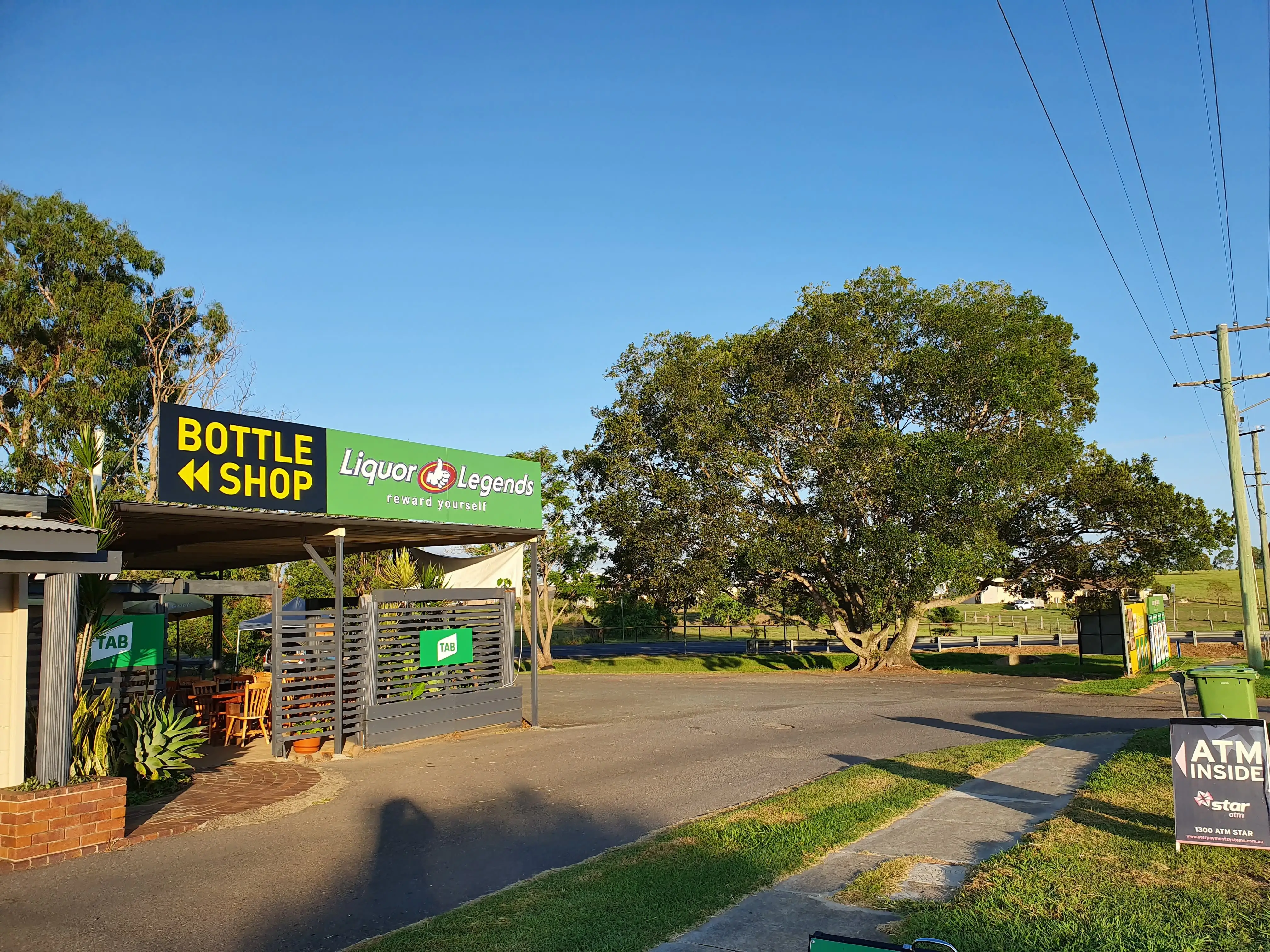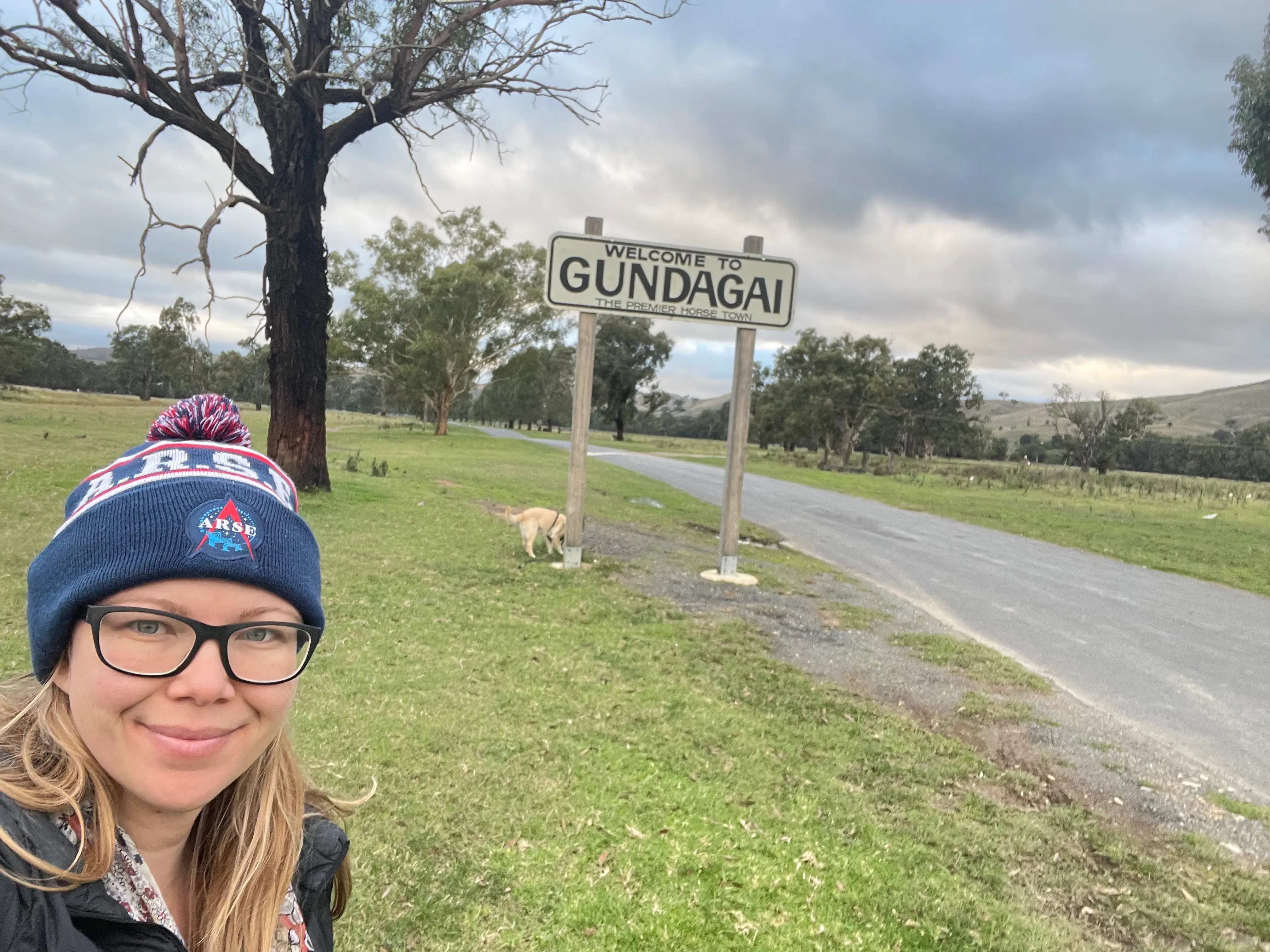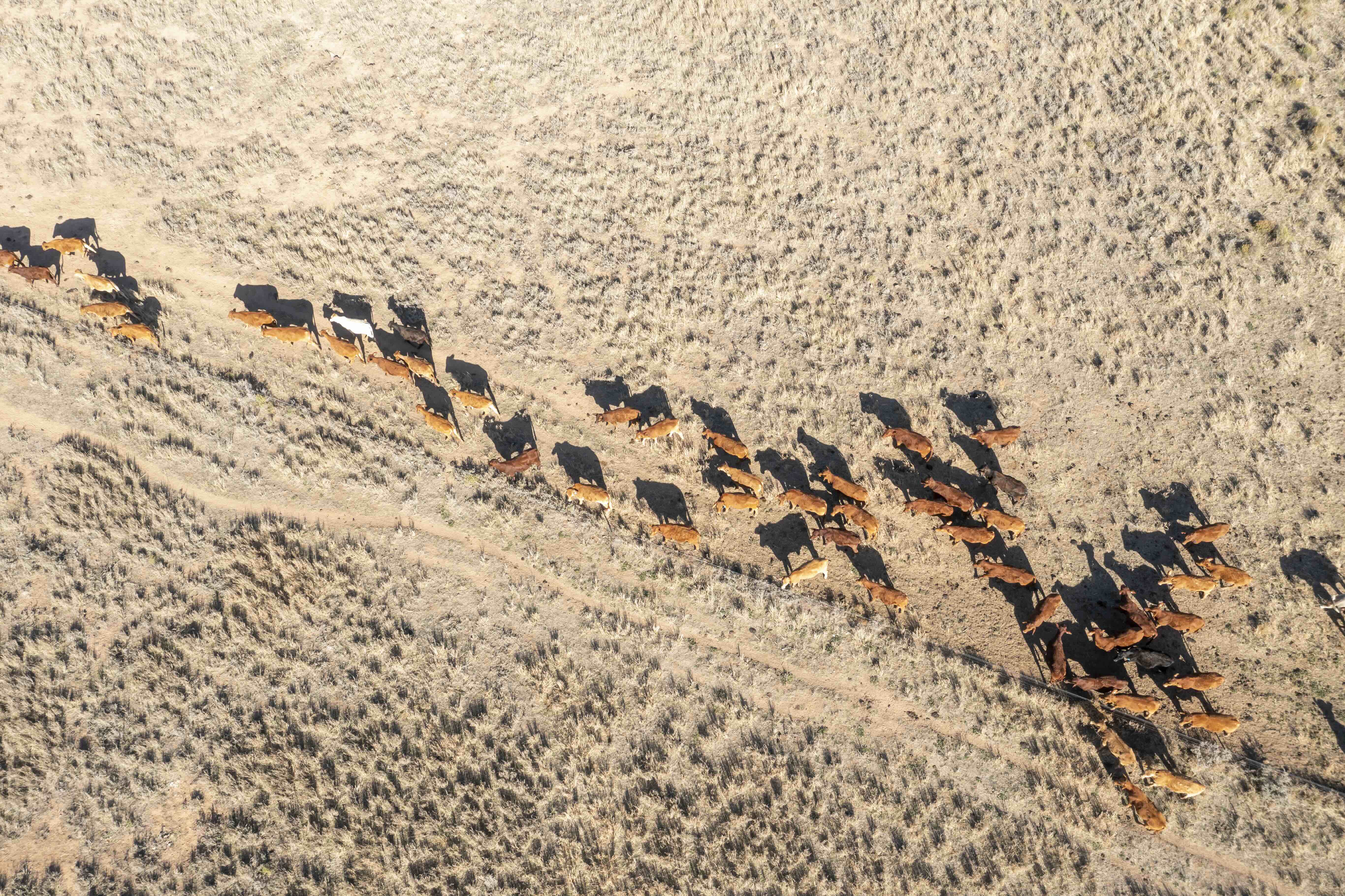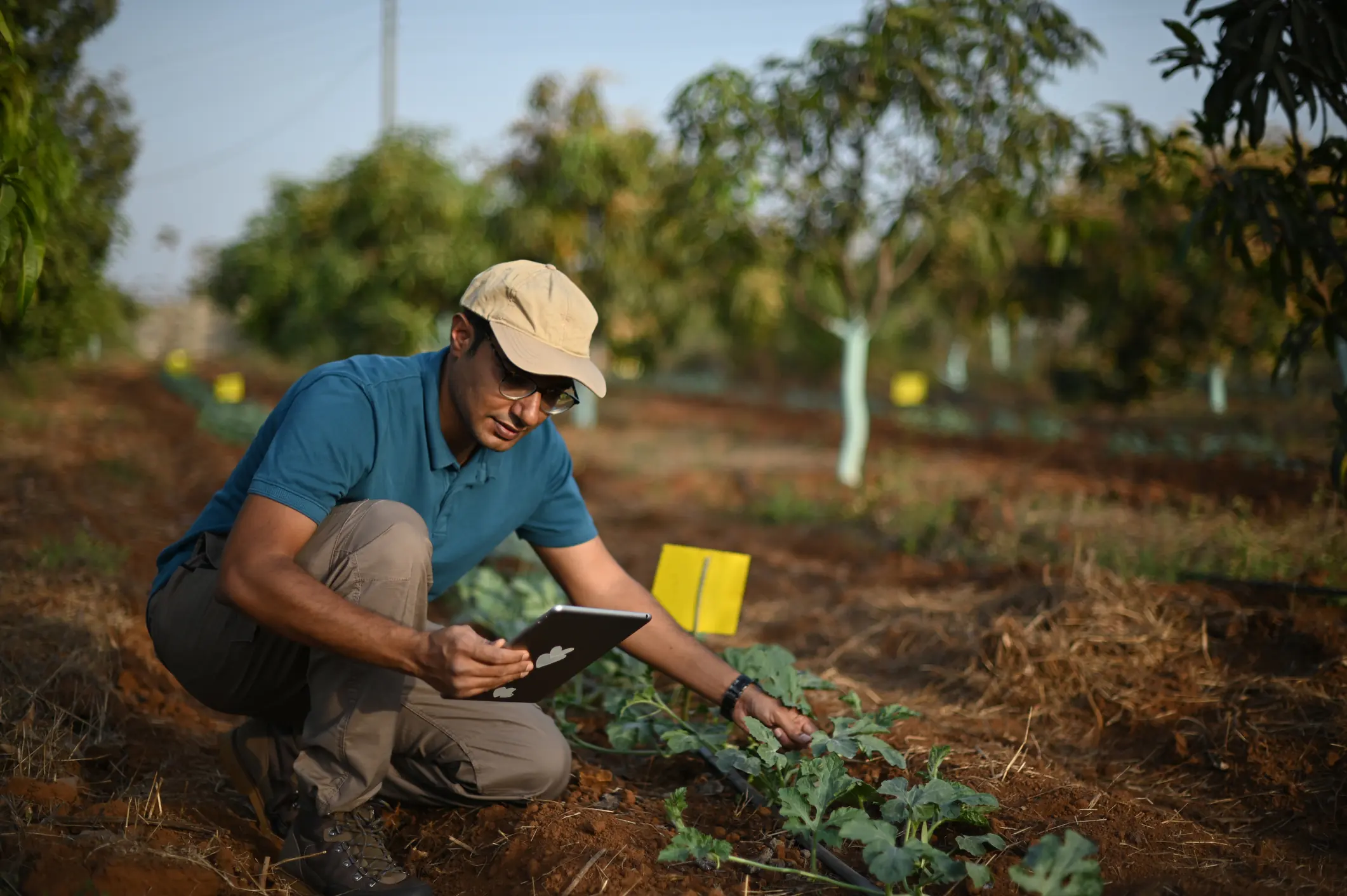On the road to Gundag

When the pandemic hit, I found myself stuck in a pub in country Queensland.
The undeniably enviable position meant that in between working remotely for an AI company, I was also helping my parents navigate operating their country pub in lockdown.

By morning I’d be working with talented AI engineers, then in the afternoon I’d help someone make a purchase for the first time (ever) on a bank card.
And suddenly my research thesis was born – “How are our rural communities, and in particular small businesses positioned in the ever-evolving digital world?”
Our rural small and medium businesses (SMEs) are an interesting and important group for research on AI.
Many are at a digital disadvantage due to their size and location, however they play an important role in their local communities – providing the goods and services that are unfeasible for large players in these areas.
SMEs are also a key part of the national economy in terms of production and employment.
As countless news articles have shown, not all forms of AI are ‘good’, so for our research team it was important to look at how rural communities can be supported in adopting and using beneficial AI, while also being aware of and protected against the negative aspects.
We travelled through rural Australia and northern Sweden interviewing owners and operators of rural SMEs, as well as those who work with or alongside them as researchers, technical providers and support businesses like financial institutions and industry groups.

Compiling these interviews, we now have some findings on how we can support our rural SMEs.
Contrary to some assumptions that rural communities are not interested in adopting emerging technologies, like AI, we found an appetite for tech that increases efficiencies, decreases costs and provides operators with peace of mind.
Some farmers are monitoring livestock with Ceres Tag, alerting them to health and wellbeing concerns quicker. Farm equipment like SwarmFarm Robotics also enables farming to be more sustainable by reducing herbicide use.
Australia’s vast landscape and rural population density make it challenging to supply a suitable and reliable internet connection. So, unsurprisingly, connectivity was the most common barrier that our research uncovered.
A reliable internet connection is essential to access common AI programs like ChatGPT or to install and learn to use these programs.
The solution to this problem is of course money. There are good connectivity options available with options like satellite internet, smart antennas or coverage expansion solutions, it is just a case of the spend.
Furthermore, it is not just the provision of these services, but also the timely repair. The repair of recent outages in metropolitan areas was generally fixed in hours, contrasting with those in regional areas that can wait weeks to have their internet fixed.

One of the joys of rural life is the sense of community, and we found that community also plays a role in how tech is used and adopted by SMEs.
We see the community as a vital component in ensuring the safe and responsible adoption of rural AI.
This comes in the form of community-led initiatives, developing local capacity and providing local upskilling opportunities that are relevant to the industries and challenges faced.
Additionally, SMEs need to see the technology in action before they adopt it so they can be sure that it will operate given the limitations that can come from life away from metropolitan services.
There are many amazing opportunities for AI to help rural businesses reach new markets, minimize onerous operational admin and have peace of mind with livestock monitoring.
Many rural SMEs are already using these types of tools, but not all are aware of the role AI plays in the process.

We are planning to submit a policy paper to the Australian Federal Government with recommendations for how we can better support rural SMEs in an increasingly digital and automated world.
If you are in a rural area, run a rural business or work with rural businesses, we would love to hear from you.
This article was published by Pursuit. For more information about the research, please contact Susan Sheldrick at susie.sheldrick@unimelb.edu.au. Take the research survey, or to find out more, download the study report.
Susan Sheldrick is a PhD Candidate in the Faculty of Engineering and Information Technology at Melbourne University whose thesis will explore the ways AI will affect communities in regional and remote Australia.













